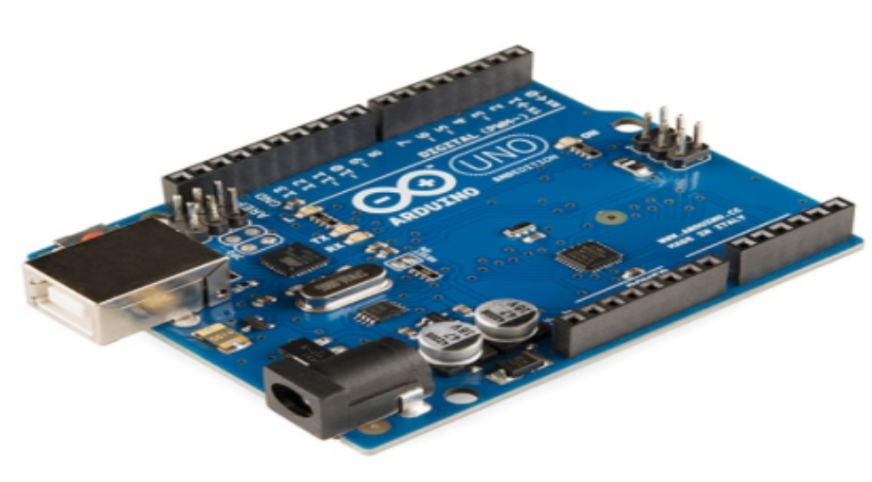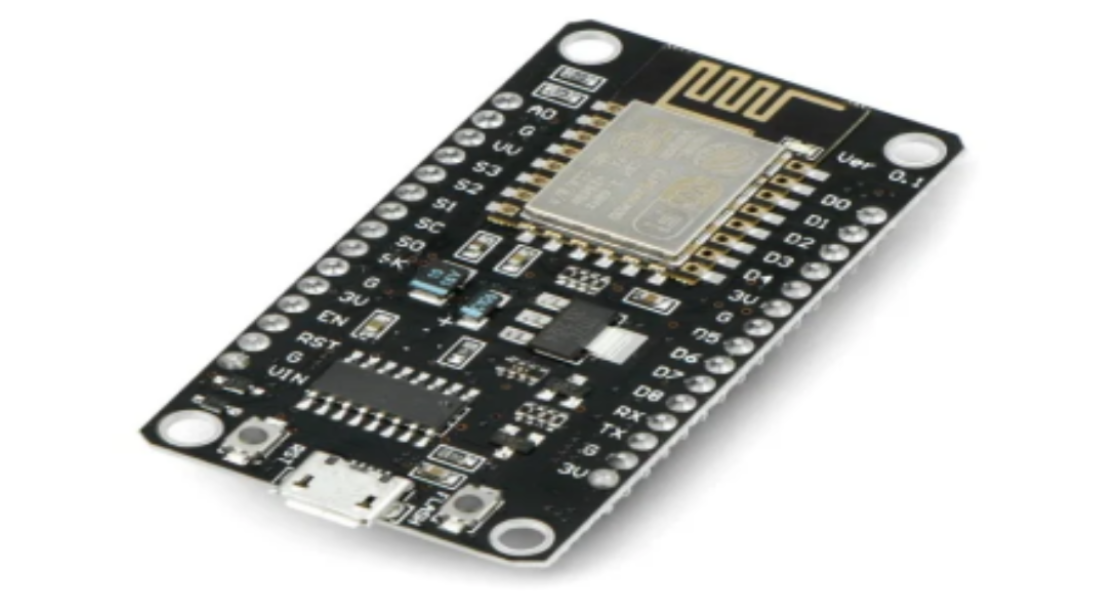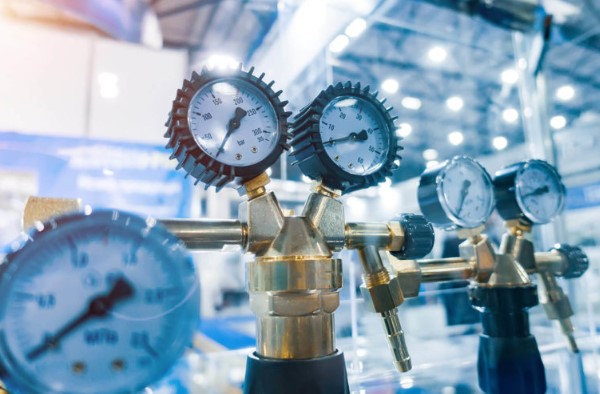
WELCOME TO Medisafe
Capstone Project
An IoT-Based Intelligent Gas Leakage Detector for Hospitals Using Arduino
Why Choose Medisafe?
Engineered for Hospital Safety
Medisafe is purpose-built to detect hazardous medical and industrial gases in critical zones such as ICUs, operating rooms, and storage facilities. It combines precision sensors with real-time IoT alerts to enhance patient and staff safety.
Real-Time Leak Detection
Detects dangerous gas levels instantly and activates local alarms for immediate response.
IoT Alerts & Monitoring
Sends alerts via Wi-Fi to hospital systems or mobile devices, ensuring timely action even remotely.
Fail-Safe Design
Operates independently during internet outages and automatically activates the fan in case of leakage.

About Us
This project focuses on early detection of hazardous gas leaks in hospital environments using the MQ-2 sensor integrated with Arduino. It reduces emergency response time through real-time alerts and after 5 seconds buzzer alarms, providing a cost-effective, scalable solution that can seamlessly integrate with existing hospital infrastructures. Leveraging IoT technology and a user-friendly web interface, the system enables continuous remote monitoring, minimizes manual intervention, and improves safety protocols by ensuring reliable and timely notifications.
-
Accurate Gas Leak Detection
Utilizes sensitive MQ-2 sensors to identify dangerous gas concentrations reliably and promptly.
-
Real-Time Alerts & Automated Alarms
Instant notifications and buzzer alarms notify hospital staff immediately upon gas leak detection after 5 seconds.
-
IoT-Based Remote Monitoring
Continuous environmental monitoring through an intuitive web interface enhances operational efficiency and safety.
Services
Our intelligent gas leakage detection system offers robust monitoring, real-time alerts, and safety features tailored for hospital environments.
Real-Time Gas Leak Detection
Detects harmful gases instantly using high-sensitivity sensors connected to an Arduino-based control unit.
IoT-Based Remote Monitoring
Monitors gas levels remotely using Wi-Fi and sends real-time data to mobile apps or cloud dashboards.
Instant Alert System
Triggers buzzers, visual alerts, and remote notifications when gas levels exceed safety thresholds after 5 seconds.
Automatic Shut-Off Integration
Optionally integrates with a relay module to automatically turn on the Fan when a leak is detected.
Data Logging & Reporting
Records gas levels over time and generates detailed logs for safety analysis and regulatory compliance.
Hospital-Specific Installation
Customized system design and deployment for critical zones like operating theaters, ICUs, and gas storage areas.
System Components
Explore the core modules that make up the Medisafe intelligent gas leakage detection system.
MQ-2 Gas Sensor
Used to detect gas leaks such as LPG, methane, and smoke.
The MQ-2 is a versatile gas sensor ideal for detecting flammable gases and smoke. It plays a vital role in identifying gas leaks early and triggering alerts to minimize risk in hospital environments.

Arduino Uno
The core microcontroller managing sensor inputs and system responses.
Arduino Uno is used to process data from the MQ-2 sensor, control the buzzer and communication with the server. It is the brain of the detection system, programmed to trigger real-time alerts.

Piezoelectric Buzzer
Provides audible alerts during gas leakage.
The buzzer acts as an immediate alert mechanism within the hospital premises. It is triggered by the Arduino after 5 seconds once a gas concentration threshold is exceeded.

ESP8266
ESP8266 used for real-time health data processing and Wi-Fi communication.
The ESP8266 module serves as a real-time wireless communication device within the hospital premises. Once the gas concentration surpasses a defined threshold, the Arduino signals the ESP8266 to transmit an alert over Wi-Fi, enabling prompt notification through mobile apps, web dashboards, or emails.

Power Supply Unit
Supplies regulated voltage to all electronic components.
The power supply ensures the Arduino and sensor modules receive consistent and safe voltage, protecting the system from electrical surges or drops.

Team

CAROLINE ANTHONY MUHIKWA
Biomedical Engineering
ELIZABETH KALIMIRA SIFA
Biomedical Engineering
VICTOR KOLAWOLE OLATOYINBO
Biomedical Engineering
SAMUEL AKPOGHENE OTOBO
Computer Engineering
MAHAMAT YOUSSOUF
Biomedical Engineering
EMMANUEL BUYANAMALI MUSAFIRI
Electrical And Electronics Engineering
JOSUE NGOIE MUKADI
Biomedical EngineeringFrequently Asked Questions
What is the purpose of this project?
The project aims to detect harmful gas leaks (like LPG or methane) in hospital environments using IoT technology and immediately alert personnel to prevent hazards such as fires or poisoning.
Why is this system important in hospitals?
Hospitals often use gases like oxygen, nitrous oxide, and anesthetic gases, which can be flammable or toxic. Leakage can cause explosions or health issues for patients and staff, so early detection is crucial.
What components are used in this system?
Typical components include an Arduino Uno or Nano, an MQ series gas sensor such as the MQ-2, MQ-6, or MQ-135, a Wi-Fi module like the ESP8266, a buzzer, an LCD display or serial monitor, a relay module, and a suitable power supply.
How does the gas sensor work?
MQ sensors detect gas concentrations in the air by measuring changes in resistance. The sensor outputs an analog voltage that corresponds to the gas level.
How does the system send alerts?
When gas levels exceed a threshold, the Arduino turns on the Fan, shows warnings on an LCD, and sends data to the cloud or a mobile app via the ESP8266 Wi-Fi module.
Will the system still work without internet?
Yes. Local alerts like buzzers and LEDs still work without internet, but remote notifications via the cloud or mobile apps will not be delivered until connectivity is restored.
Where should detectors be installed in a hospital?
Detectors should be placed near gas storage areas, operation theaters, ICUs, and areas with frequent gas use or connections to ensure early leak detection.
Can this system shut off gas automatically?
Yes. With the addition of a relay module, the system can be configured to cut off the gas supply automatically when a leak is detected.
Can the system be expanded with other sensors?
Yes, the system can include other sensors like temperature, flame, humidity, or smoke sensors to enhance overall safety and environmental monitoring.
How reliable is the gas leakage detection system?
The system is highly reliable when calibrated properly. Regular testing and maintenance are necessary to ensure continued accuracy and functionality.
What Our Users Say
Real feedback from hospitals and safety personnel who have benefited from our early gas leak detection system.
Gallery
Contact Us
Have questions or want to learn more about Medisafe? Reach out to us!
Location
123 Medisafe Ave, Tech City, CA 94000
Call Us
+90 53 91 096 184
Email Us
medisafecapstone@gmail.com










